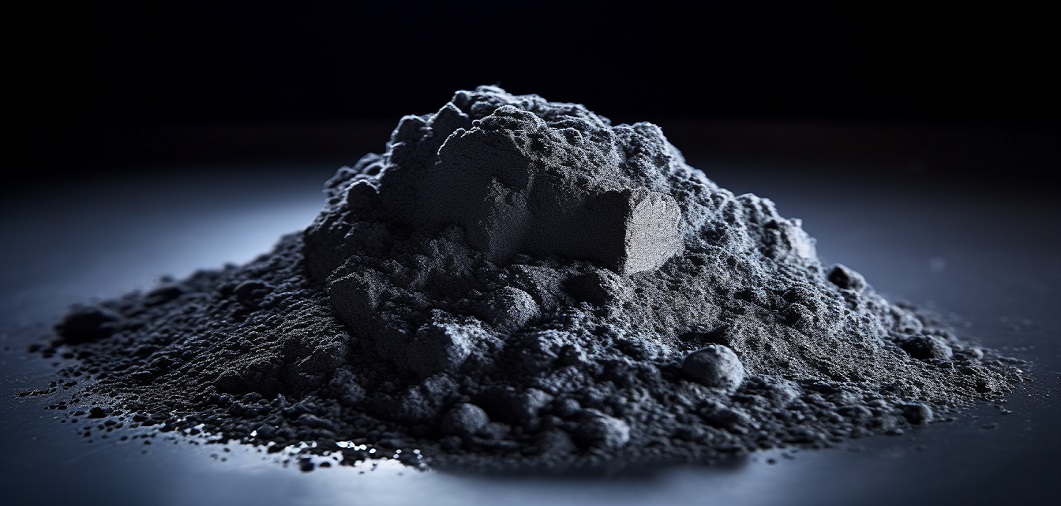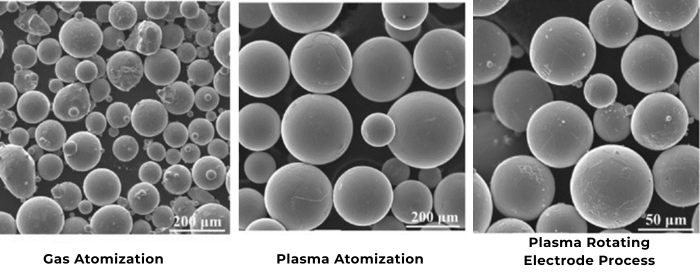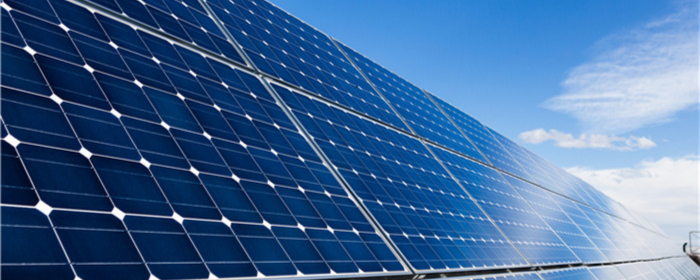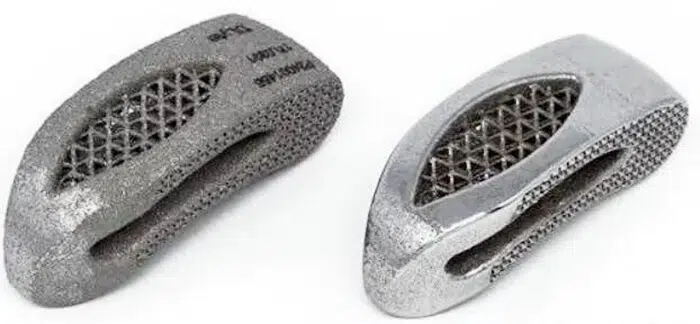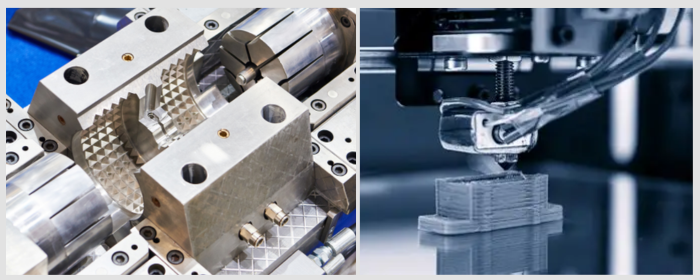

High Entropy Alloys (HEAs) are a class of materials characterized by their unique composition of five or more principal elements. Each element constitutes between 5 and 35 atomic percent. Traditional alloys typically have one dominant element. On the contrary, HEAs derive their properties from the complex interactions between multiple elements. This distinctive feature leads to exceptional mechanical, thermal, and corrosion-resistant properties.
Spherical powders are preferred in many industrial processes. Compared to irregularly shaped powders, they have superior flowability, uniform packing density, and reduced oxidation. When it comes to HEAs, the spherical morphology enhances these benefits, making the powders particularly advantageous for additive manufacturing, thermal spraying, and powder metallurgy.
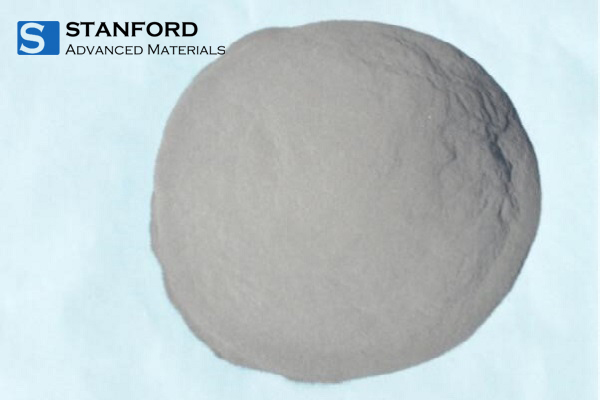
Fig 1. HEA Spherical Powder
Because of the multi-element composition, High Entropy Alloy Spherical Powders exhibit unique properties. Therefore, each is suitable for various high-performance and special applications.
FeCoNiCrMn High-Entropy Alloy Powder boasts high strength and hardness, derived from the exceptional mechanical properties resulting from the interaction of multiple elements. Additionally, it demonstrates good corrosion resistance, making it highly effective in both acidic and alkaline environments.
This HEA powder is widely used in structural materials, specifically in the construction of high-strength components for both construction and mechanical engineering. Moreover, its excellent corrosion resistance makes it ideal for marine engineering, and suitable for equipment and structures exposed to harsh marine conditions.
.png)
Fig 2. structural material
FeCoNiCrAl High-Entropy Alloy Powder offers high-temperature oxidation resistance, significantly improved by the addition of aluminum. It also has a high strength-to-weight ratio, making it suitable for applications requiring lightweight and high-strength materials.
In the aerospace industry, FeCoNiCrAl powder is used in turbine blades and engine components. It is also ideal for high-temperature structural materials and perfect for mechanical components operating in high-temperature environments.

Fig 3. turbine blade
FeCoNiCrTi offers high strength and toughness. The inclusion of titanium in FeCoNiCrTi High-Entropy Alloy Powder increases toughness and strength. This alloy also shows excellent wear resistance, making it suitable for high-wear environments.
This HEA powder is used in high-performance cutting tools and molds, as well as in industrial equipment that requires wear resistance and high strength.
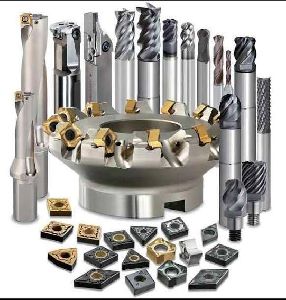
Fig 4. high-performance cutting tools
FeCuNiCrAl High-Entropy Alloy Powder features high electrical conductivity because of the presence of copper. It also provides excellent corrosion resistance, especially in humid and corrosive environments.
FeCuNiCrAl is mainly used in electronic components, particularly in conductive parts. In addition, it's also an important material in chemical equipment.
.png)
Fig 5. electronic components
X are other elements such as Ti, Cu, etc.
The properties of FeAlNiCrX High-Entropy Alloy Powder can be customized by adjusting the X element. It also provides high-temperature stability, making it suitable for high-temperature applications.
This HEA is used in custom materials for industrial applications requiring specific properties. As well as it's also used in high-temperature components for critical parts in high-temperature environments.
FeNiCoCr High-Entropy Alloy Powder features balanced mechanical properties, including excellent strength, toughness, and corrosion resistance. It also maintains good mechanical properties at high temperatures.
This HEA powder is used in high-temperature structural components. Of course, it also can be high-temperature protective coatings.
.png)
Fig 6. high-temperature protective coatings
CoCrNi High-Entropy Alloy Powder offers high strength and ductility, with excellent mechanical properties and good ductility. It is particularly suitable for corrosive environments.
This alloy powder is used in biomedical applications, such as medical implants and instruments. It is also found in the aerospace field, such as lightweight components.
.png)
Fig 7. medical implants
The presence of tungsten in CoCrW High-Entropy Alloy Powder significantly increases hardness, providing extreme hardness and wear resistance. It is also suitable for high-temperature environments.
CoCrW High-Entropy Alloy Powder is used in high-hardness cutting tools. It is also an important material for key components in high-temperature environments.
CoCrMo High-Entropy Alloy Powder offers high corrosion resistance and biocompatibility. Consequently, it is very suitable for medical applications. It also provides high strength and wear resistance, suitable for high-stress and high-wear environments.
CoCrMo High-Entropy Alloy Powder is used in medical implants, such as artificial joints and bone plates, and in high-stress parts requiring high strength and wear resistance.
CoFeNi High-Entropy Alloy Powder offers high magnetic properties, with excellent magnetic performance. It also combines high strength and toughness, providing good mechanical properties.
This alloy powder is used in high-performance magnetic components and in structural materials for engineering applications requiring high strength and toughness.
.png)
Fig 8. magnetic components
Before purchasing High Entropy Alloy (HEA) powders, it is essential to consider the following factors to ensure that the powders meet your needs and application requirements:
1. Composition and Purity
Understand the specific elemental composition and purity requirements of the HEA powder you need. Different combinations of elements affect the alloy's mechanical properties, corrosion resistance, thermal stability, etc. Additionally, different applications have varying purity requirements.
2. Particle Size and Morphology
Particle size affects the flowability, packing density, and sintering performance of the powder. Choose an appropriate particle size range based on your application needs before purchasing. Spherical powders generally offer better flowability and packing density.
3. Production Process
The production method affects the morphology and performance of the powder. Verify that the chosen HEA powder can be effectively processed using your selected method without compromising the alloy's performance.
4. Mechanical and Physical Properties
Different HEA spherical powders exhibit varying mechanical and physical properties. Ensure the powder's properties align with your application requirements.
5. Quality Control and Testing
Understand the supplier's quality control processes and testing methods to ensure the powders undergo rigorous testing during production. Before purchasing, you can request detailed test reports from the supplier, including composition analysis, particle size distribution, morphology observation, etc.
Stanford Advanced Materials (SAM) was founded in 1994 to provide best-in-class metal alloy powders to commercial and industrial customers. We offer a wide variety of spherical HEA powders to meet a variety of manufacturing needs for various PM technologies.
.png)
Fig 9. A list of HEA spherical powders and their particle sizes provided by SAM
Our spherical HEA powders offer the following benefits:
• Spherical powder
• Smooth surface
• Low oxygen content
• Uniform particle size distribution
• Good fluidity
• High density of loose and vibration density

